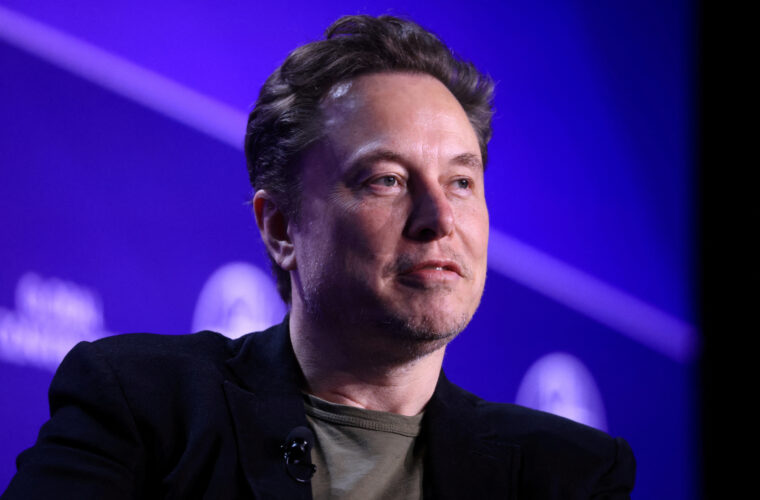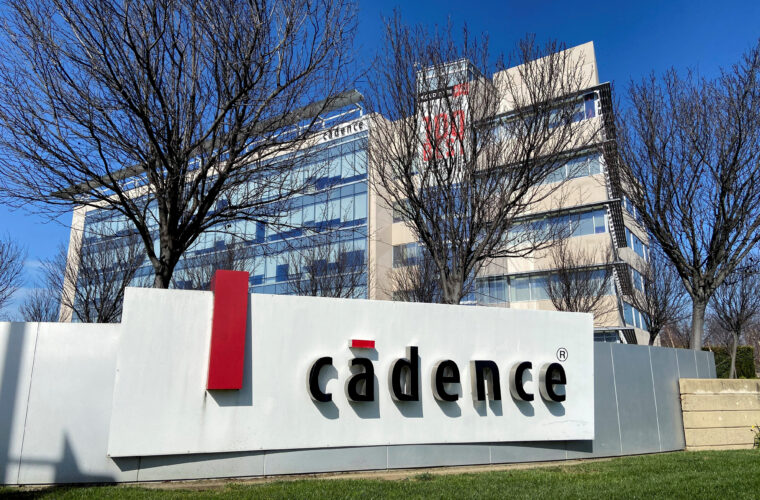A sustainable supercomputer is a contradiction in terms. At least that’s how it might seem, although there are those who are trying to reverse course and combine enormous computing power with waste reduction and care for the environment. This is Lumi, Europe’s fastest supercomputer and the fifth fastest globally, which is also the twelfth among large computers in terms of ecology and respect for the planet.
Admittedly, its consumption is considerable, as working 24 hours produces 120 tonnes of carbon dioxide and is equivalent to the air travel of 100 people between Helsinki and New York. On the other hand, however, it should be considered that Lumi uses 100% hydroelectric power and, with waste heat, provides heating to hundreds of homes in Kajaani, a town of less than 40,000 people 560 kilometres from the Finnish capital that benefits from hosting the super-performance totem.
Top supercomputers
Lumi is located inside a warehouse that used to produce paper until the early 2000s. It is a project that is part of the Lumi consortium, which brings together 11 countries of the Old Continent: Finland, the Netherlands, Poland, Switzerland, Denmark, Estonia, Iceland, Norway, Sweden, Belgium and the Czech Republic. The consortium offers a high-quality, cost-efficient and environmentally sustainable high-performance computing (HPC) ecosystem by bringing these countries together. The spirit of collaboration can be found in data management services and user support, elements without which the mere presence of a supercomputer would not guarantee a leading role in the contemporary innovation and science scene.
At the same time, Lumi is not the only European supercomputer, as Italy’s Leonardo and Spain’s Mare Nostrum also stand out. Still, the Finnish one is the most powerful and promising in Europe, a foothold with which Europe is trying to hang on to the power unleashed by the United States. The top 10 fastest supercomputers include five US-made ones, the Japanese Fugaku in fourth place, Lumi, followed by the Swiss Alps and then the supercomputers of Italy and Spain.
With a computing power of 380 petaflops per second, Lumi provides performance equivalent to 1.5 million latest-generation laptops. This number is also difficult to quantify, but it helps us understand what the Finnish supercomputer, which occupies the space of two tennis courts, is capable of. ‘Thanks to its superpower, there are those who interpret radar images from microsatellites quickly and automatically, to observe fires, floods and other disasters in real time,’ Katja Mankinen, data scientist at the Finnish Science Centre, said Wired in an interview. Lumi also stands for artificial intelligence, which leverages the OLMo open-source language model with the aim of creating more secure and effective GenAI applications.


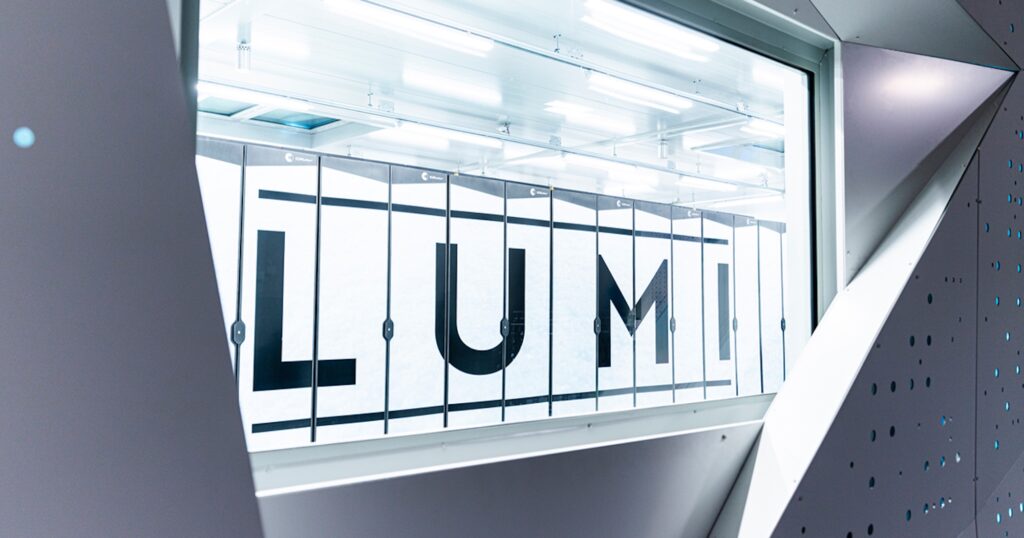
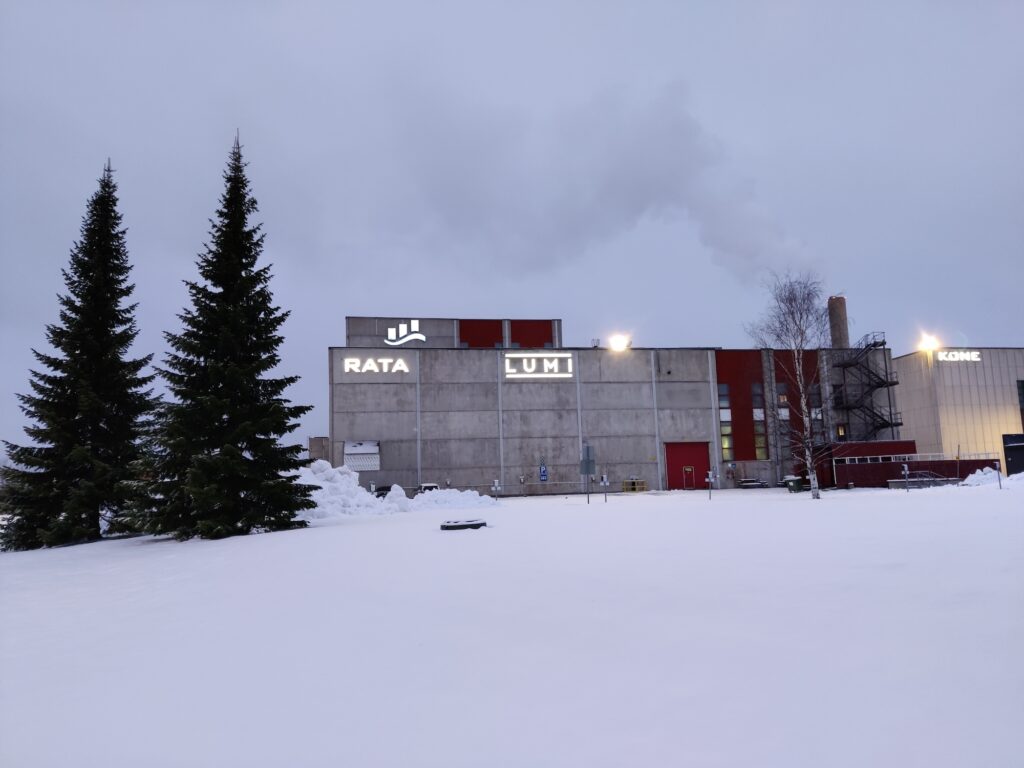
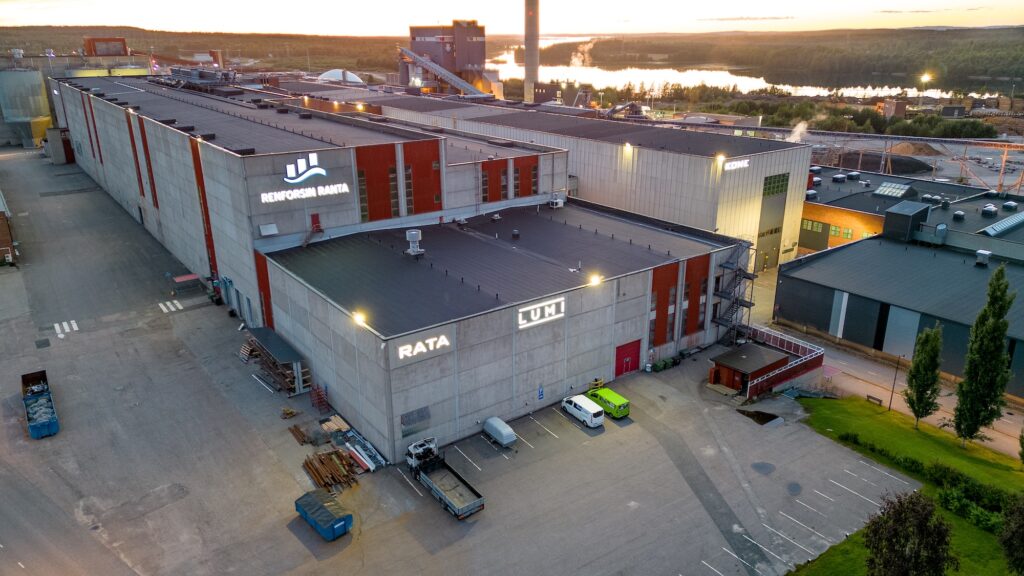
Many opportunities, but priorities are needed
Harnessing the power of Lumi, there are more than 50 research organisations analysing data on COVID-19 to find countermeasures to the next pandemic, and then there is the broad field of action dedicated to sustainability. There are those working on developing new inorganic crystals for energy and information technology or those studying how to make solar cells thinner and more flexible. There are also start-ups that can gain ground (and avoid burning so much money) to develop their respective technologies, exploiting the bandwidth of 2 terabytes per second and a storage capacity of more than 120 petabytes.
Large numbers that result in significant consumption, although Lumi aims to follow a different path. The aim is to combine sustainability and an open source approach, considered the only way to effectively support the development of GenAI. Common open standards and partnerships between the players in the IT scene are the cornerstones for creating a collaborative environment that will boost technology and their respective businesses.
In this regard, Alexander Troshin, Amd’s EMEA product marketing & business development, makes one think: ‘Everyone thinks they need maximum power, only to realise that they don’t have the needs or the skills to make the most of it. So, perhaps before continuing to invest rivers of money in AI, it is better to find common ground on where to go and what to do to make the best collective use of a new technology with unexplored potential.

